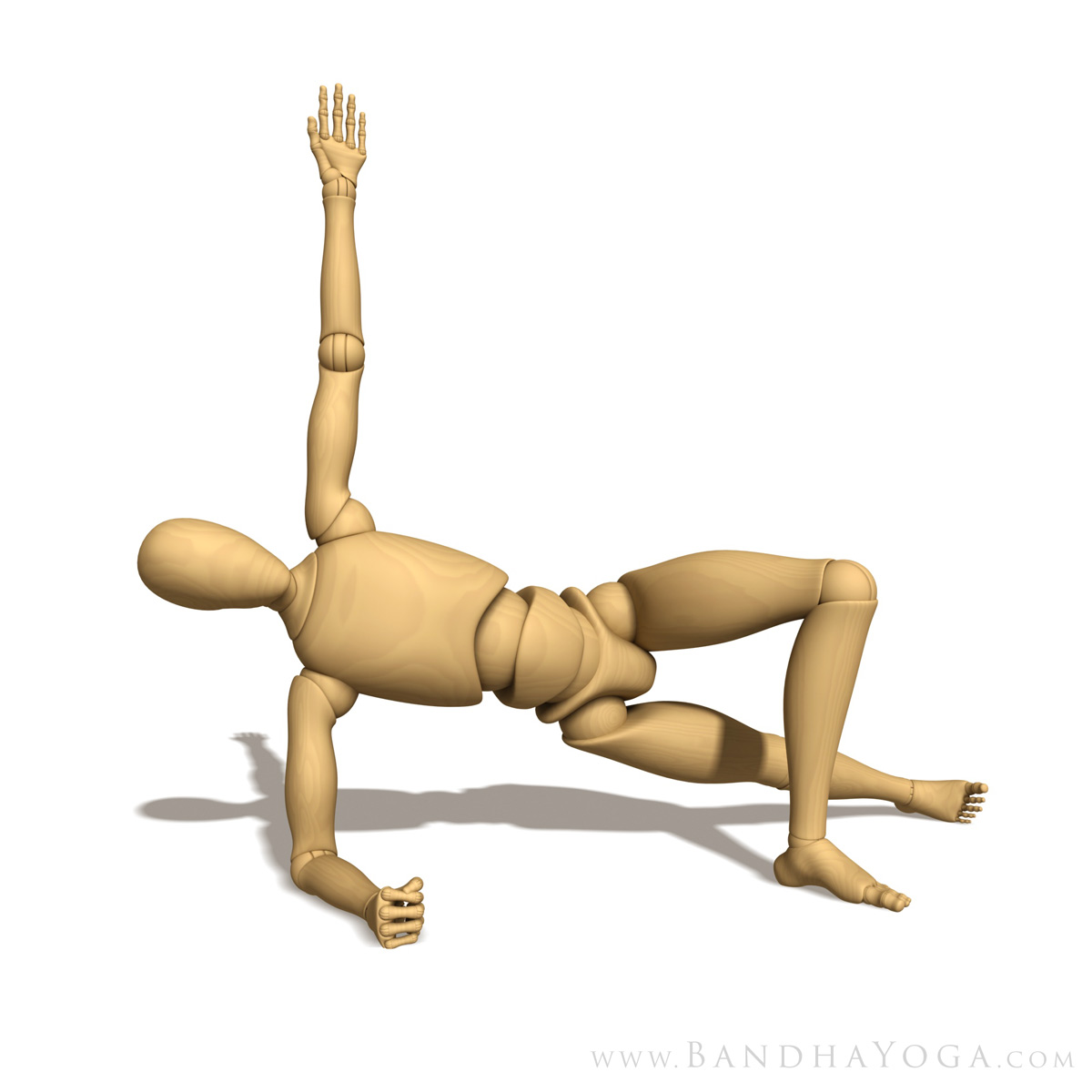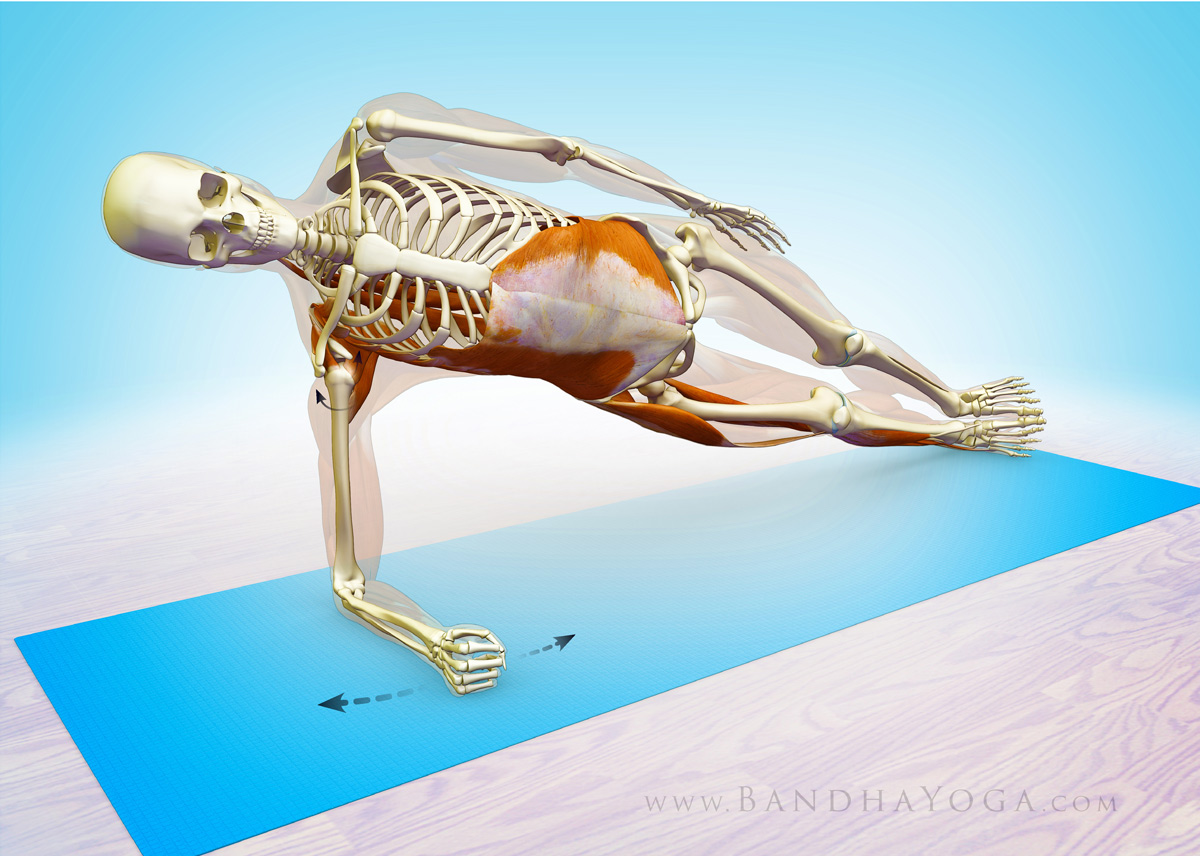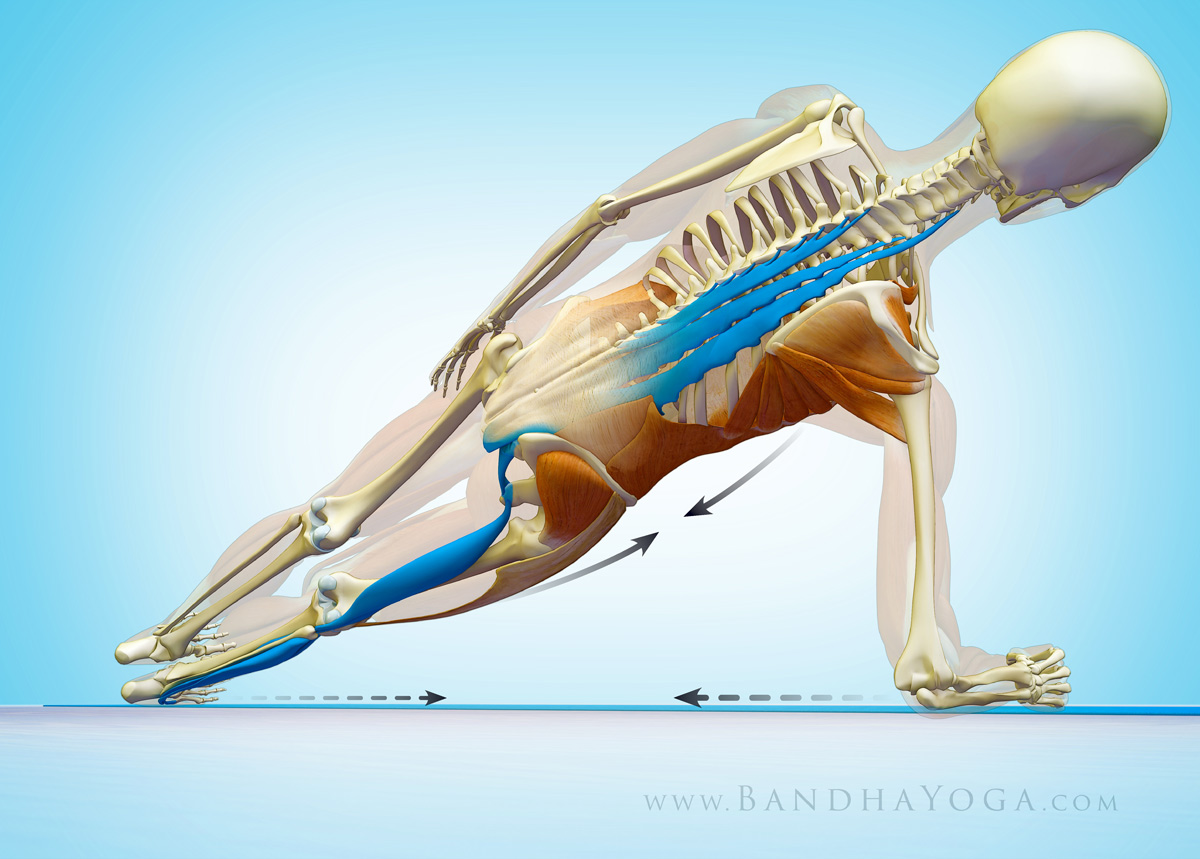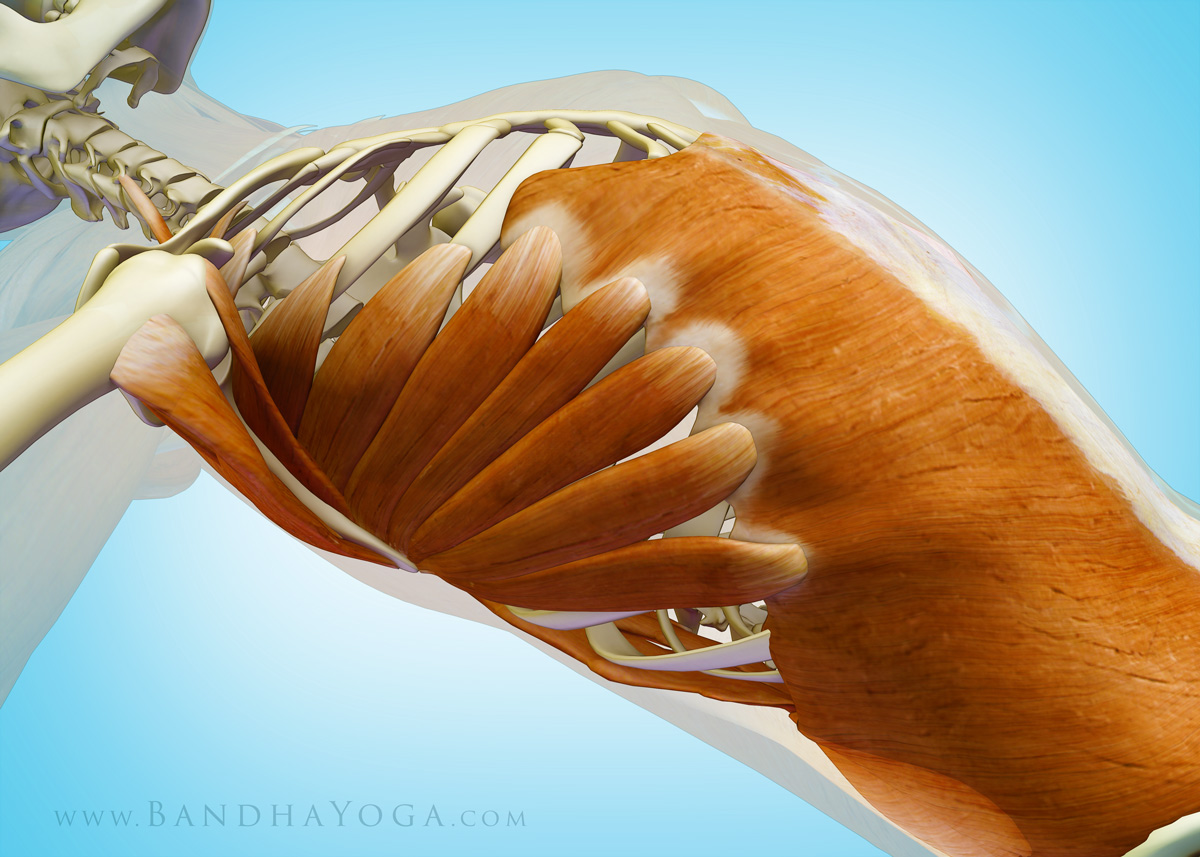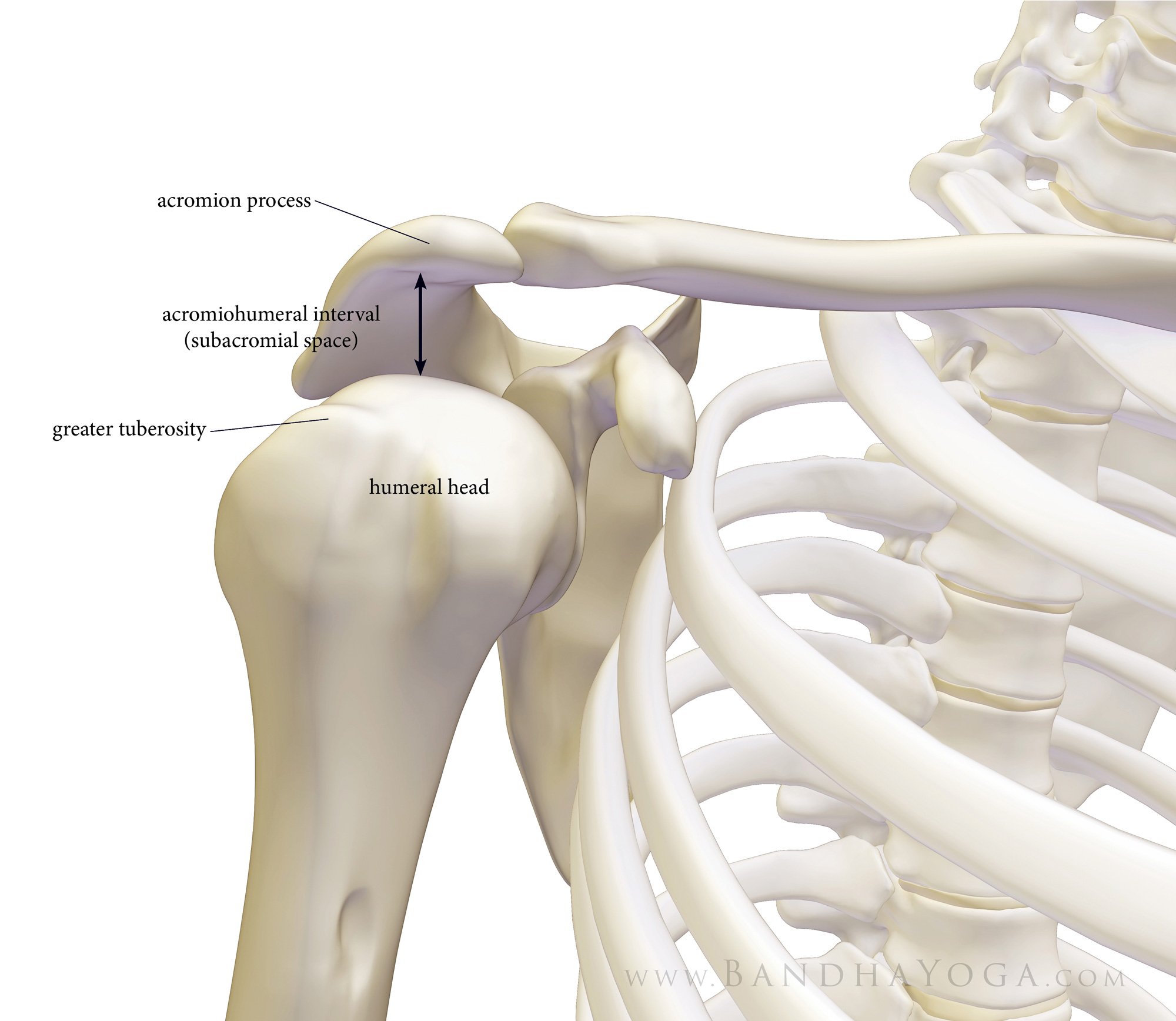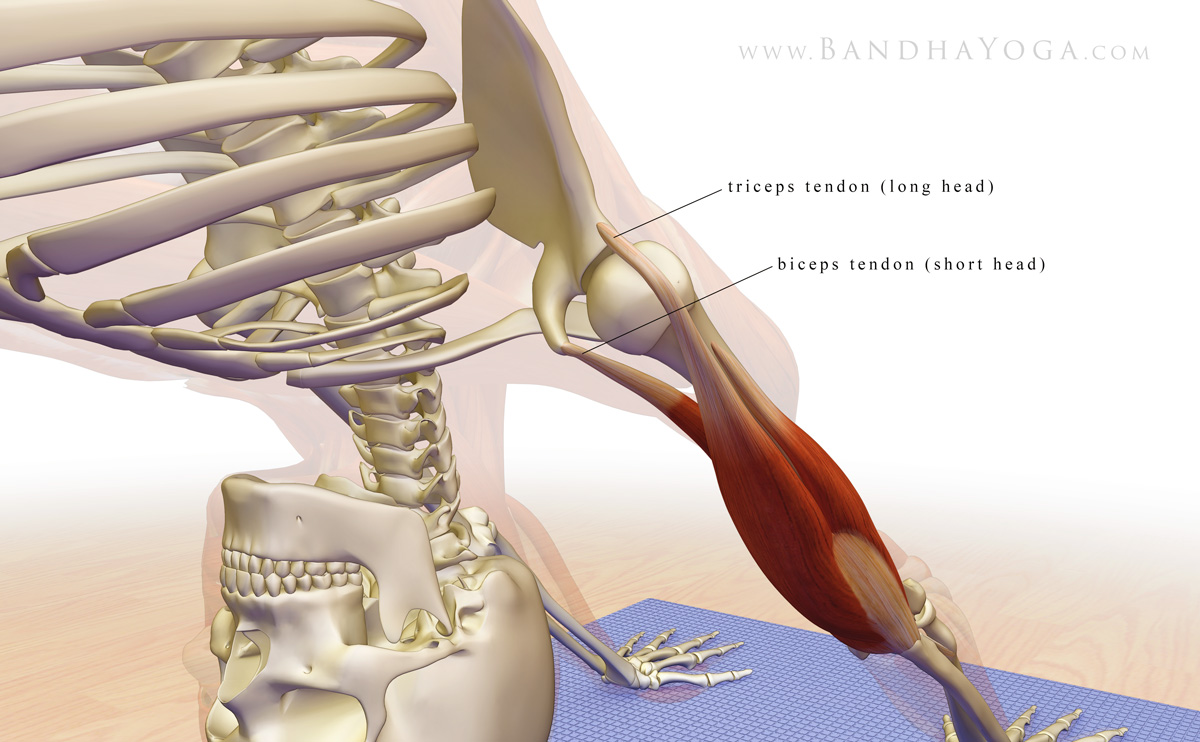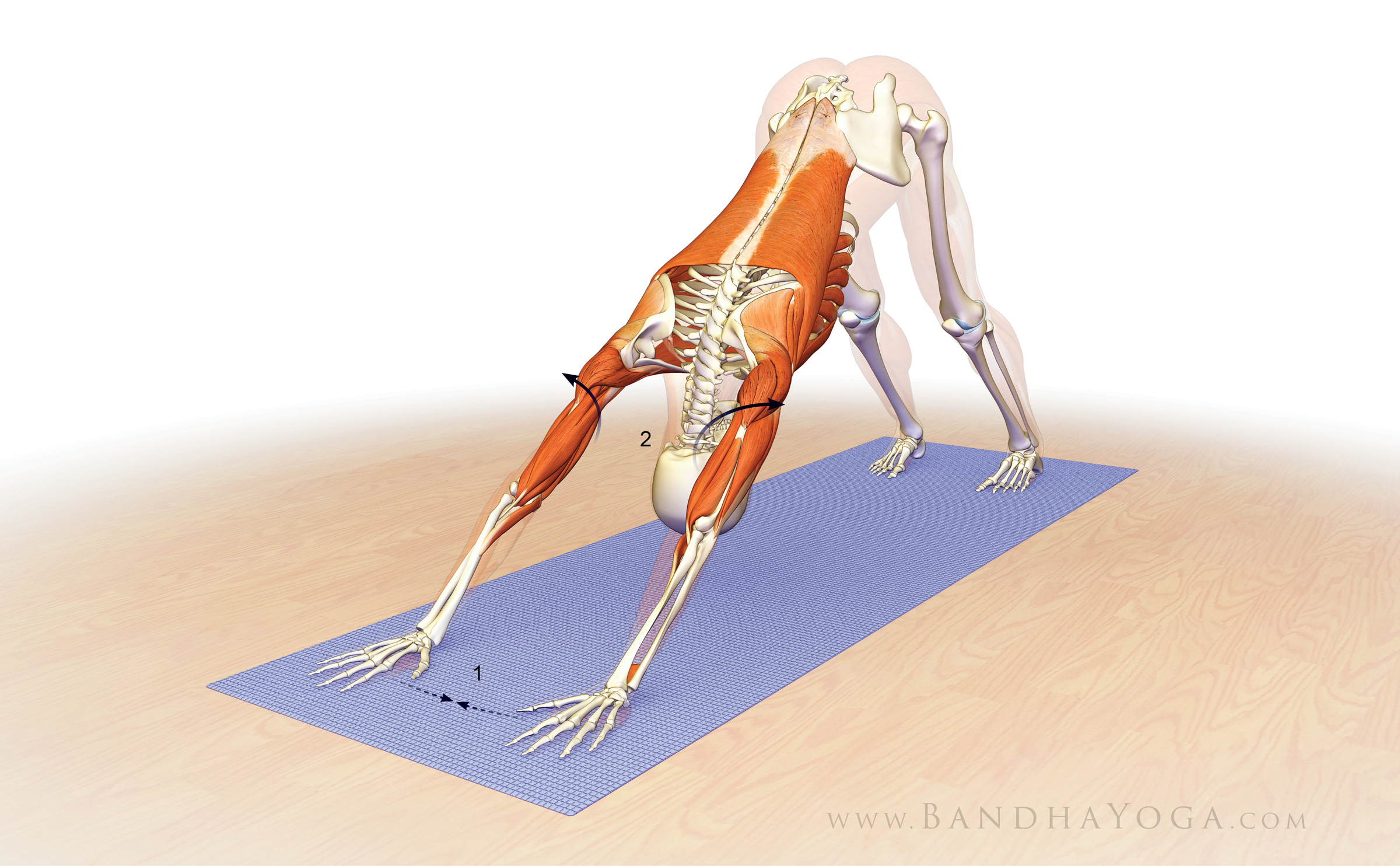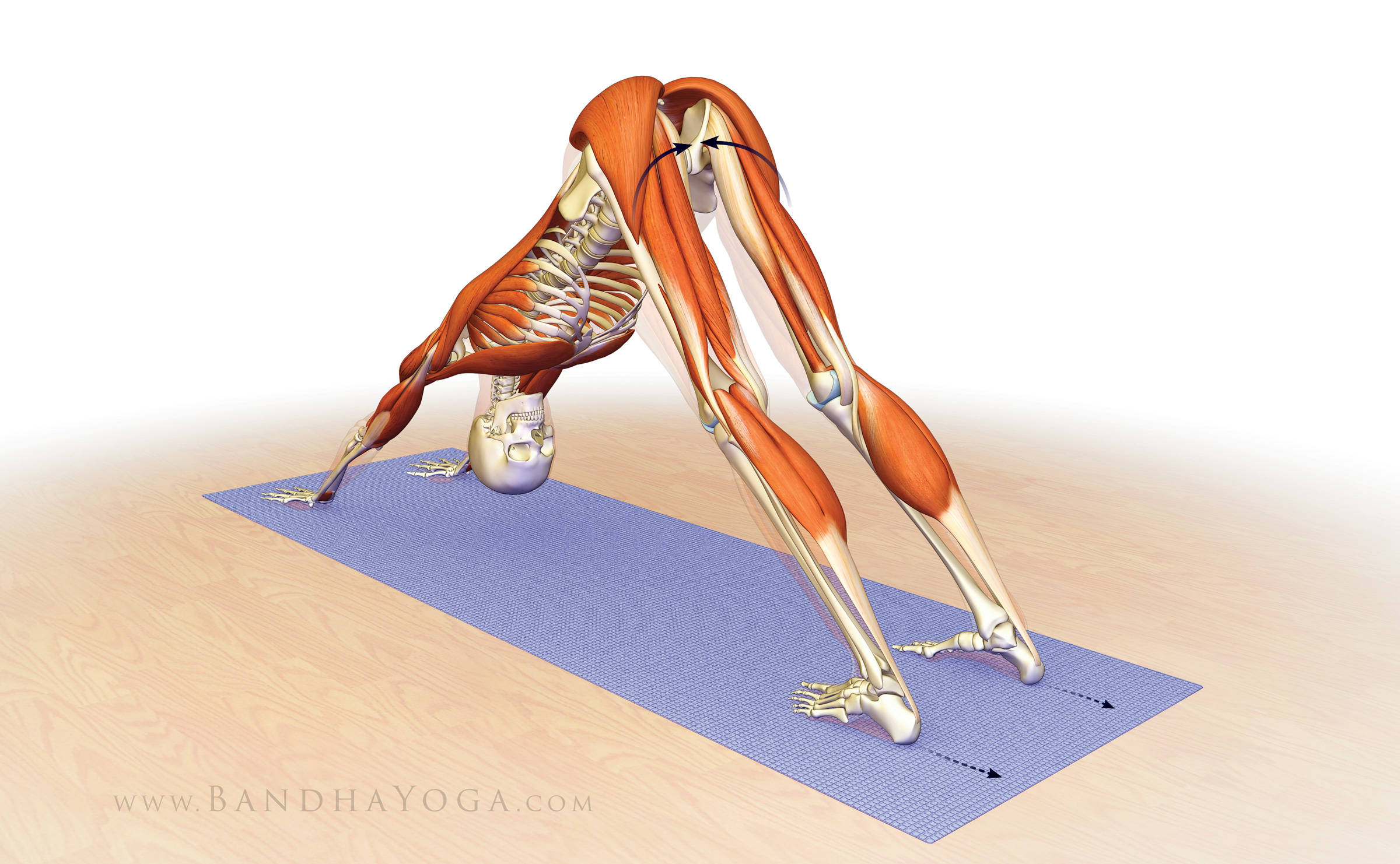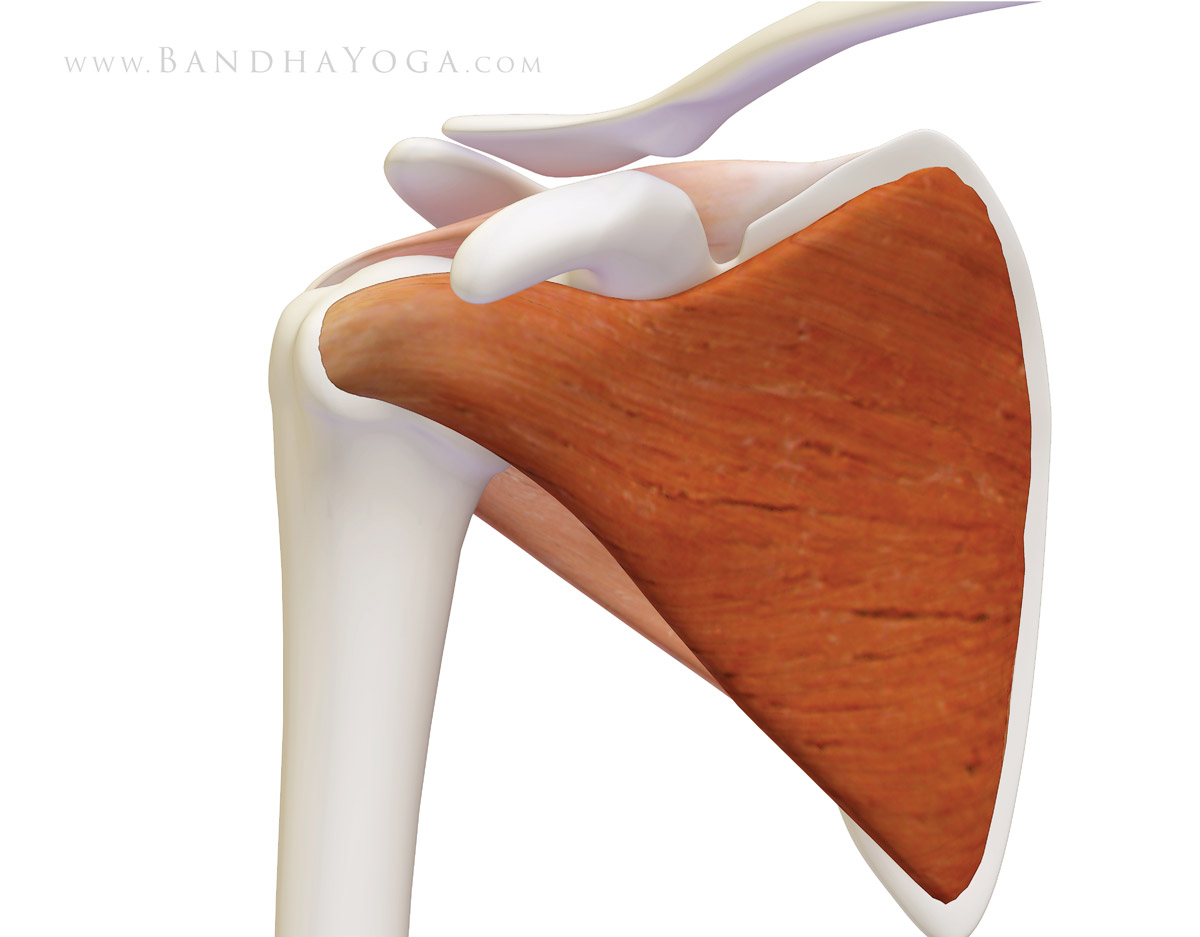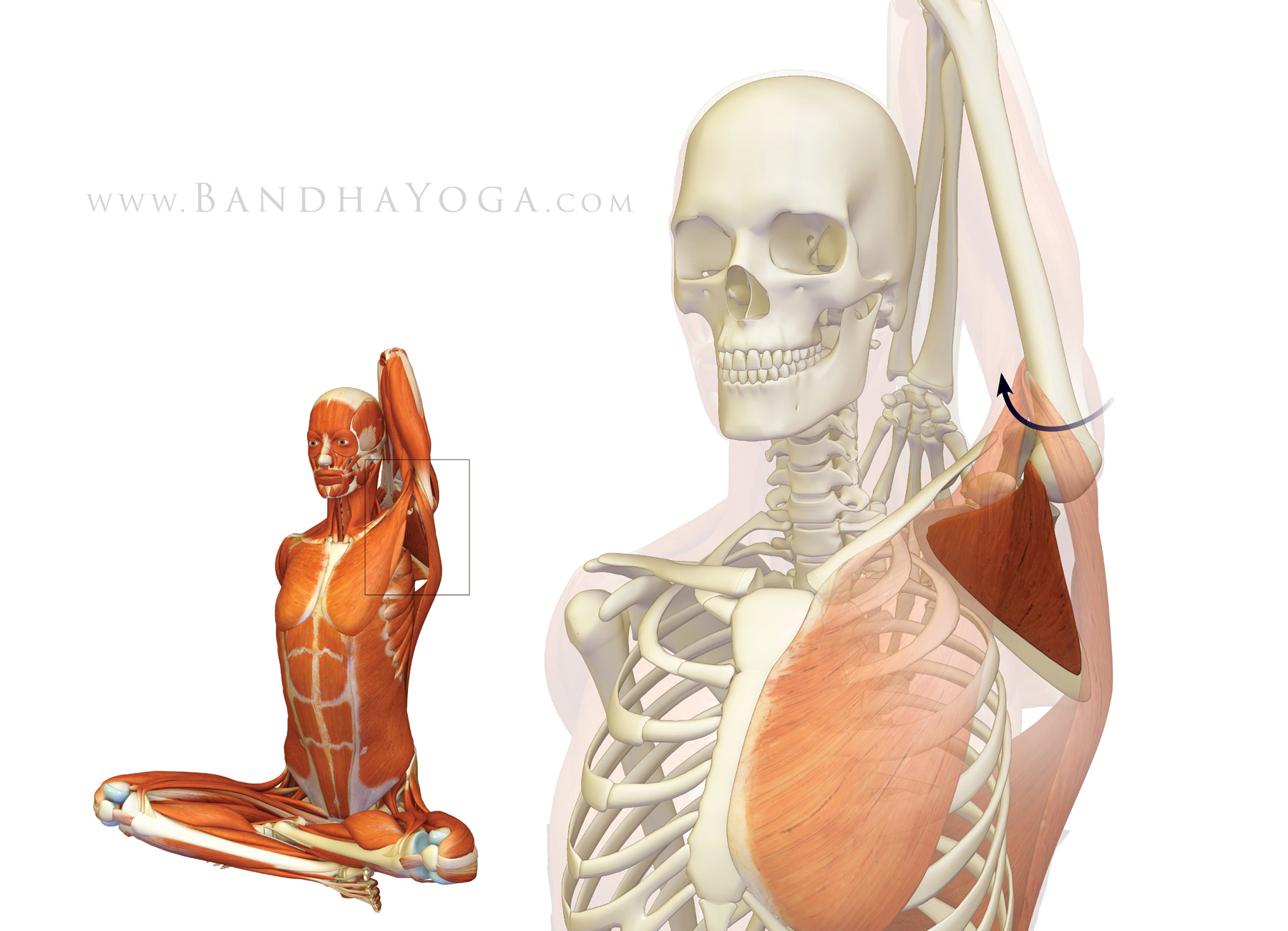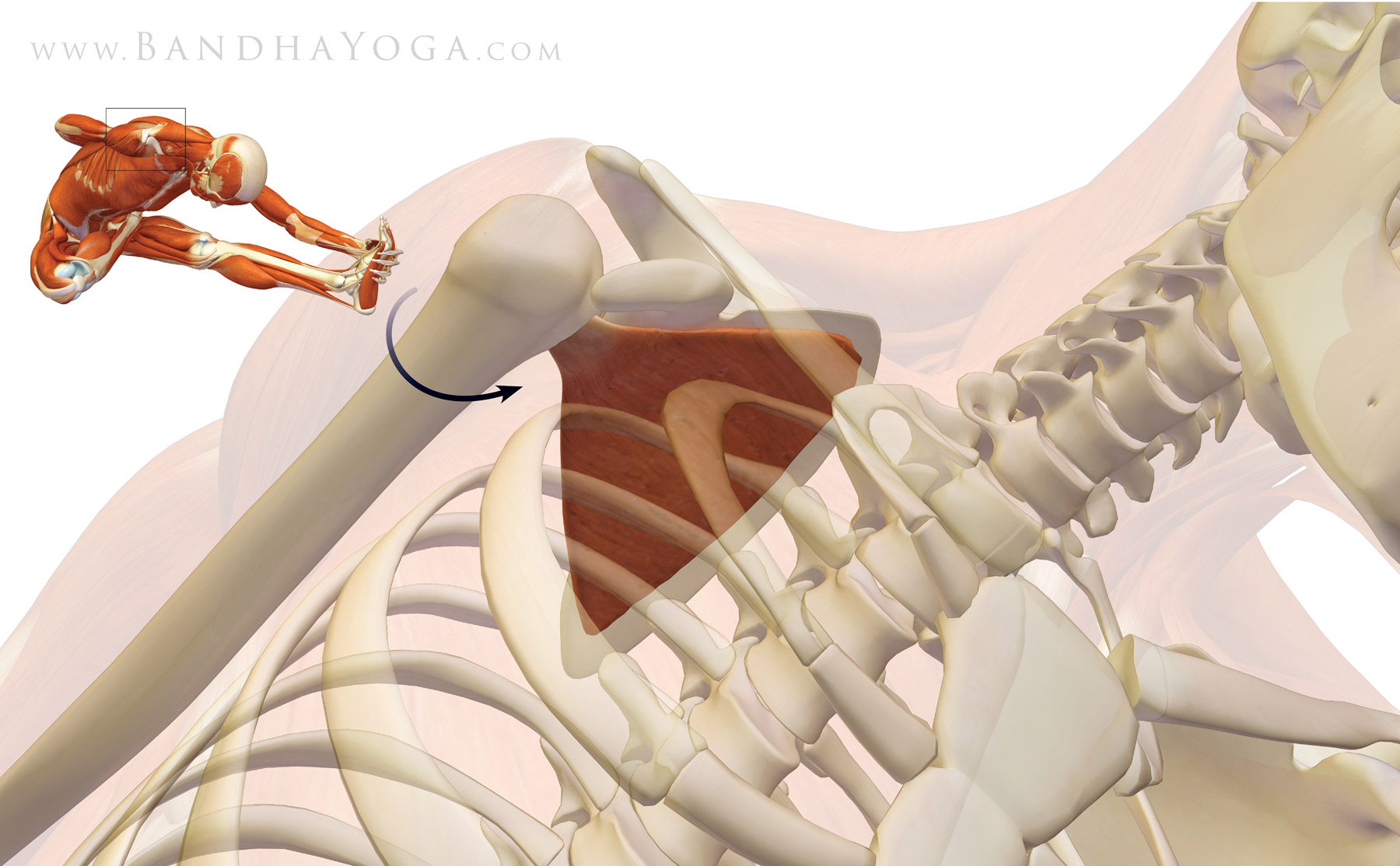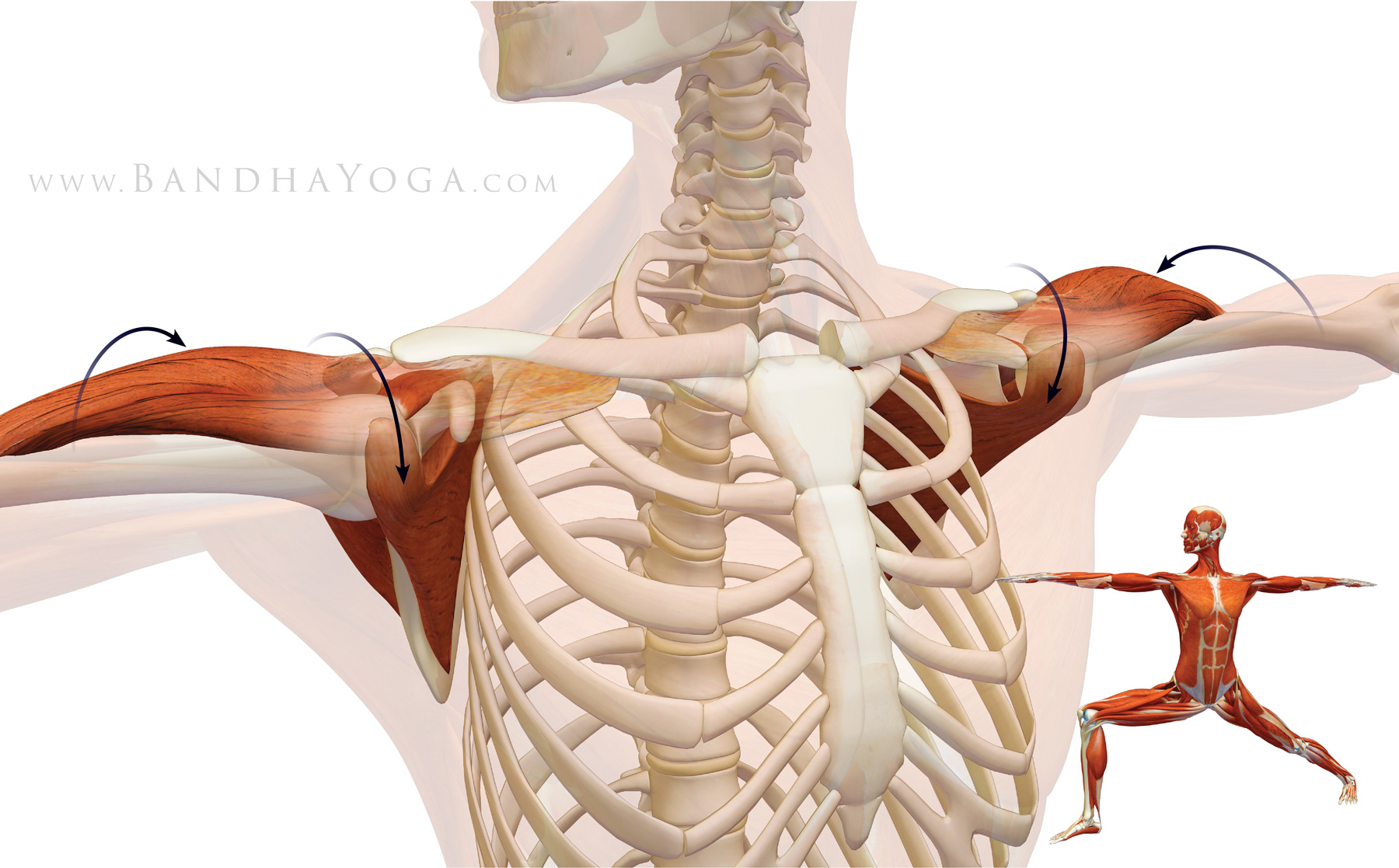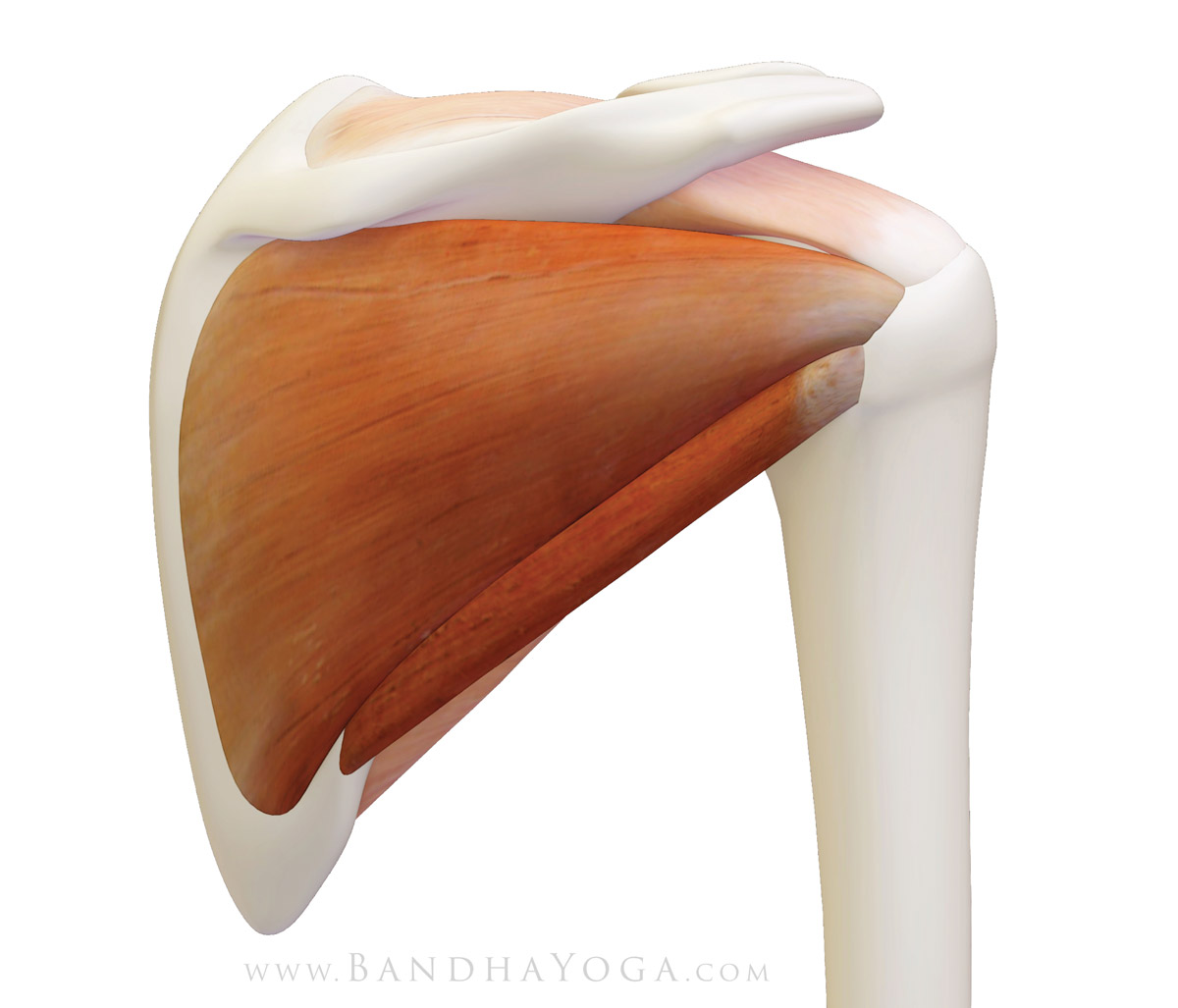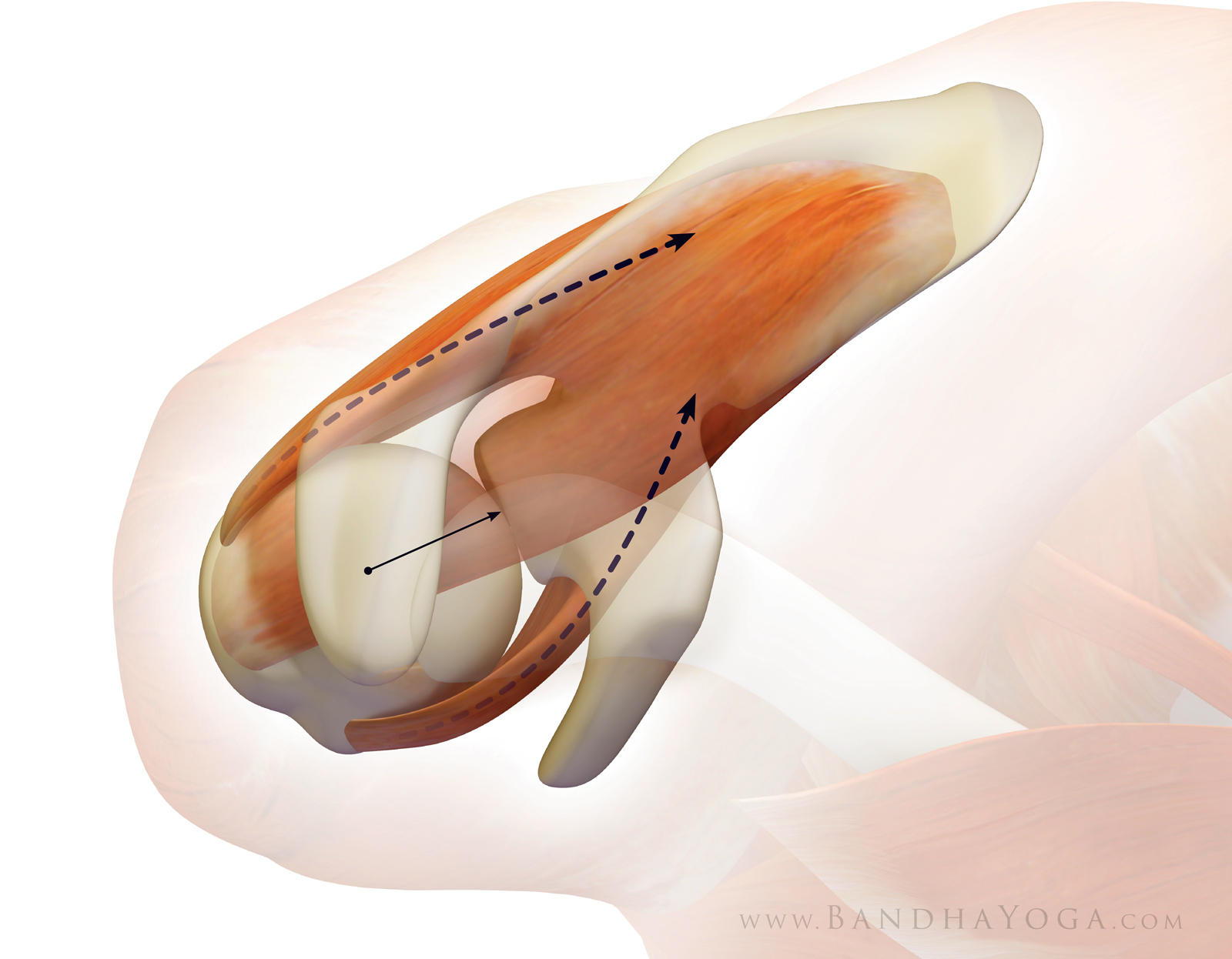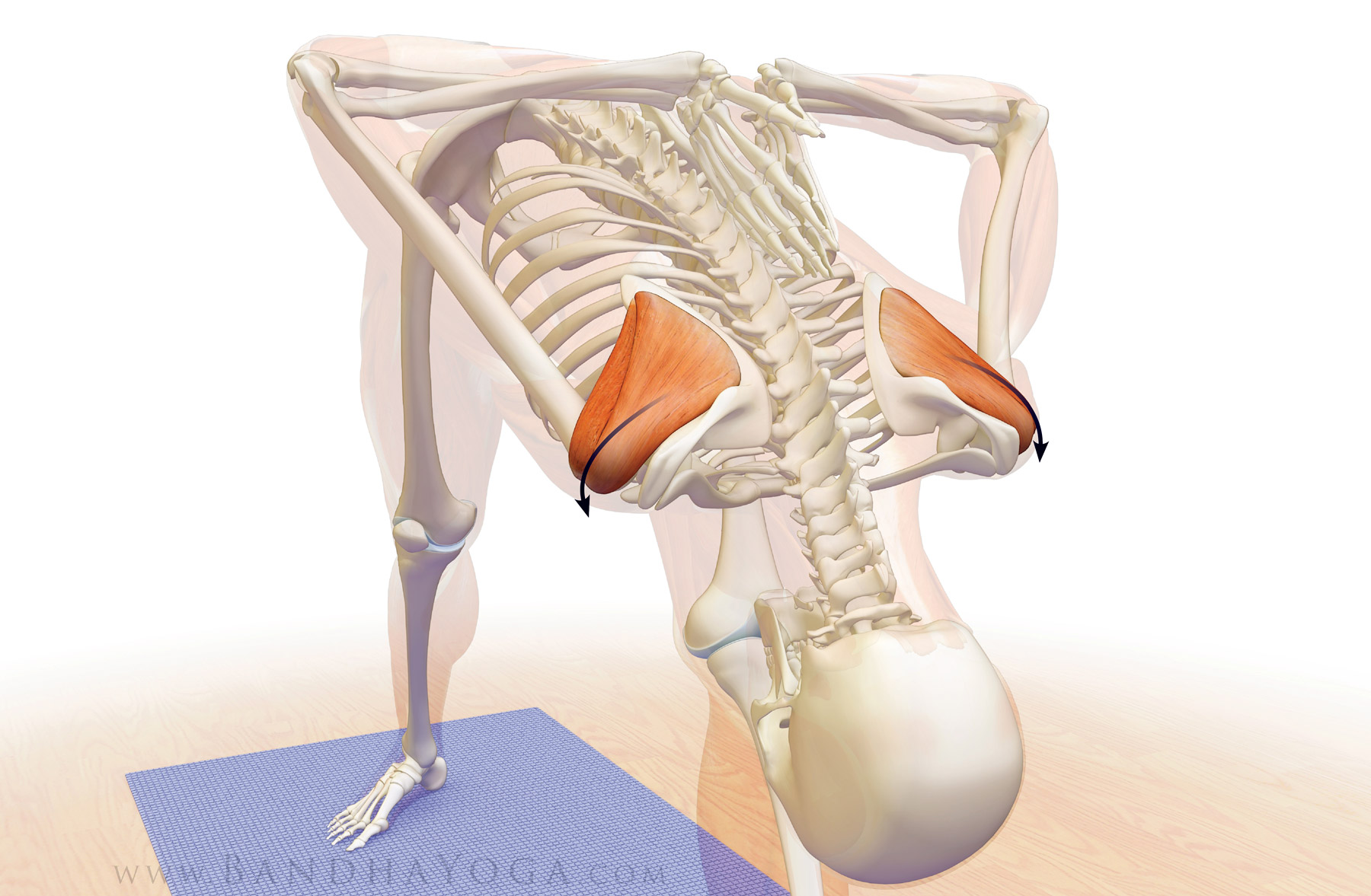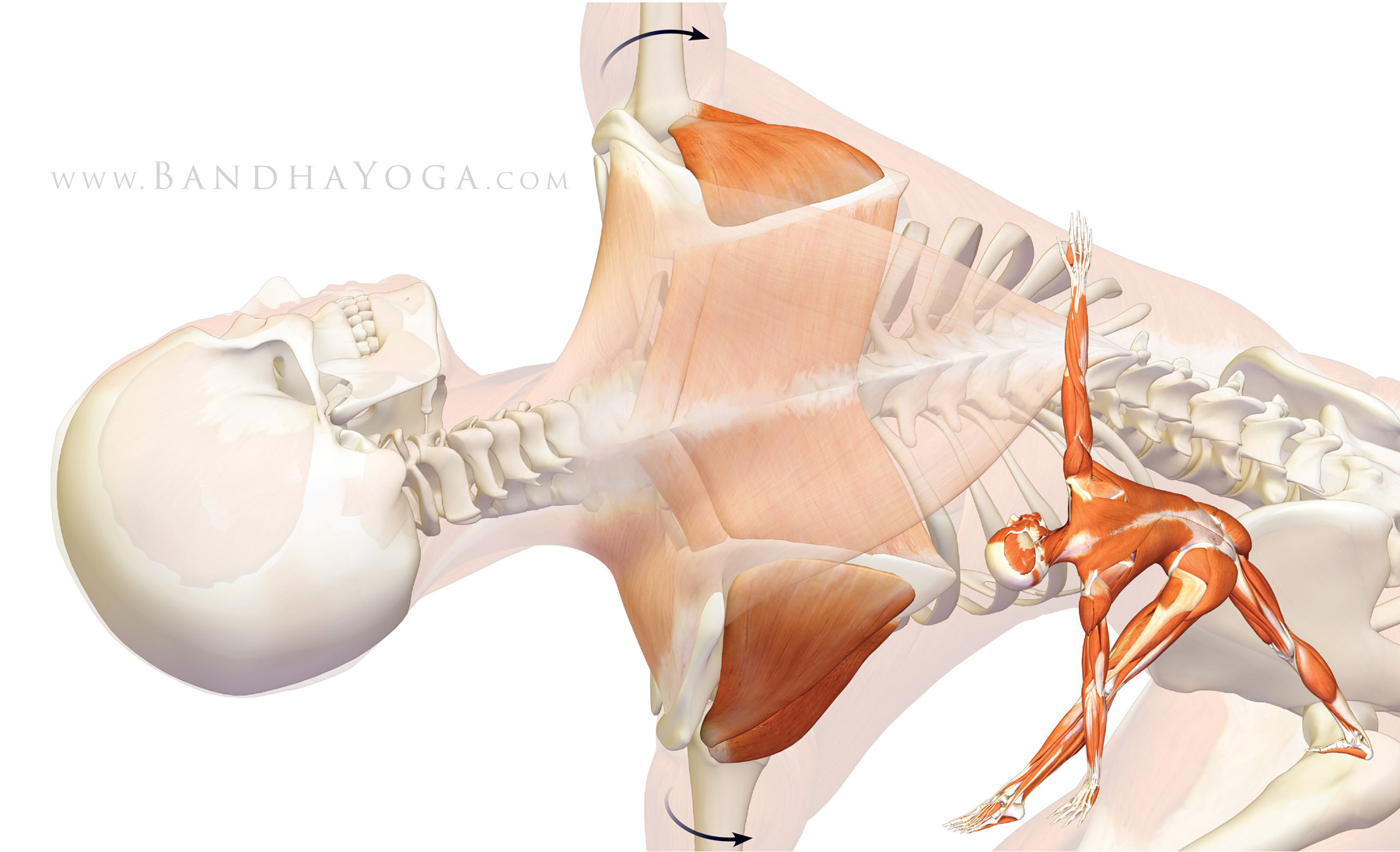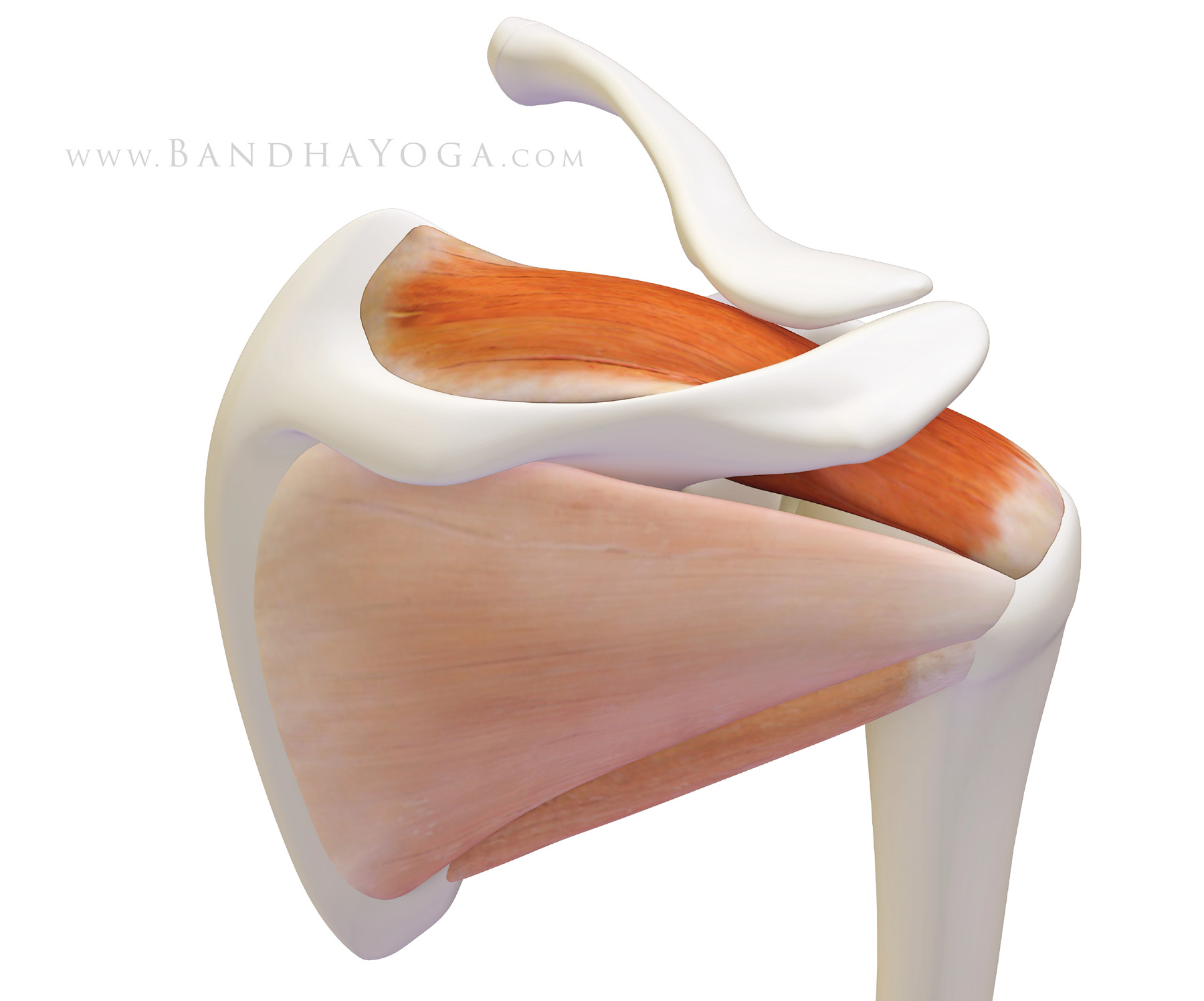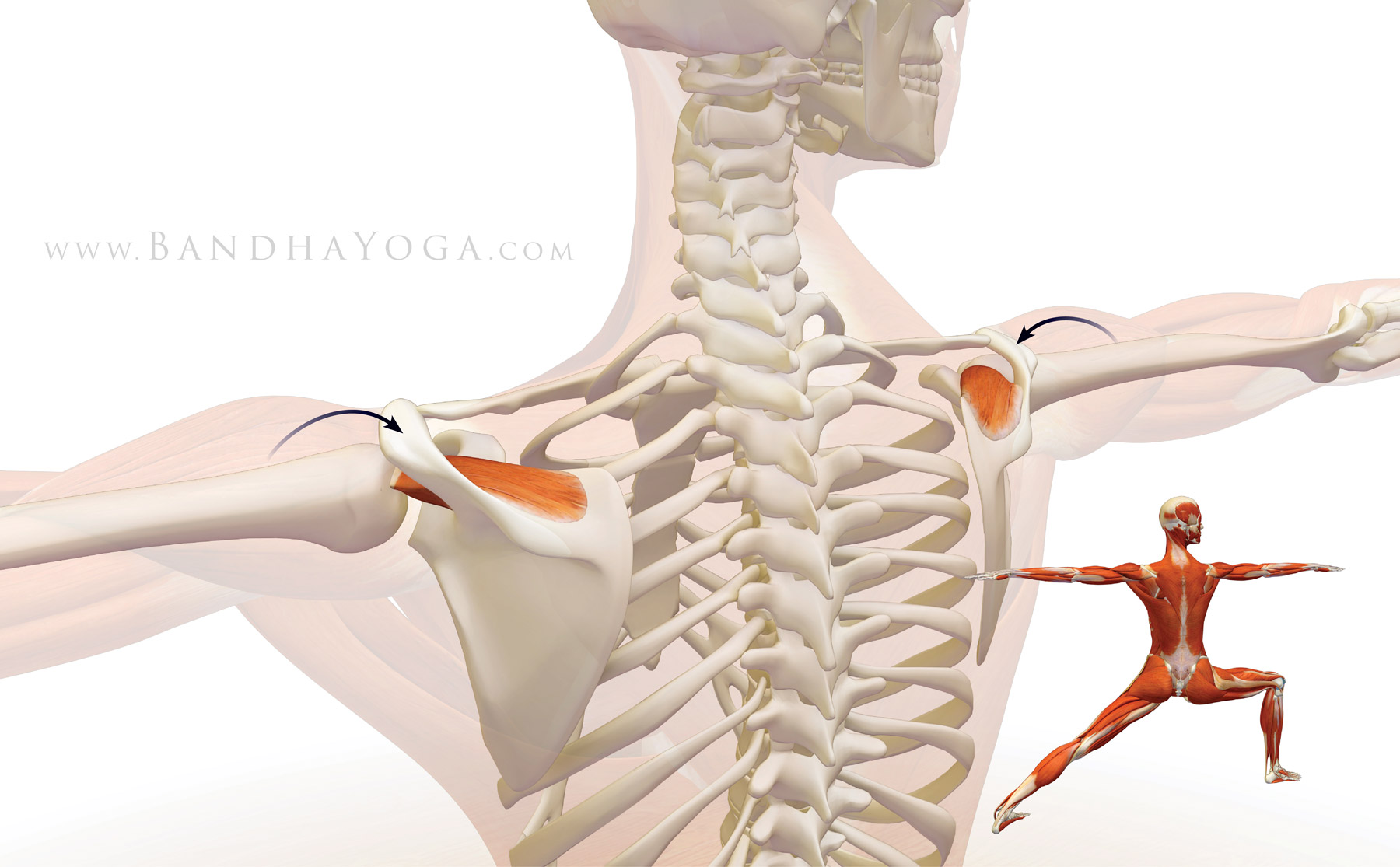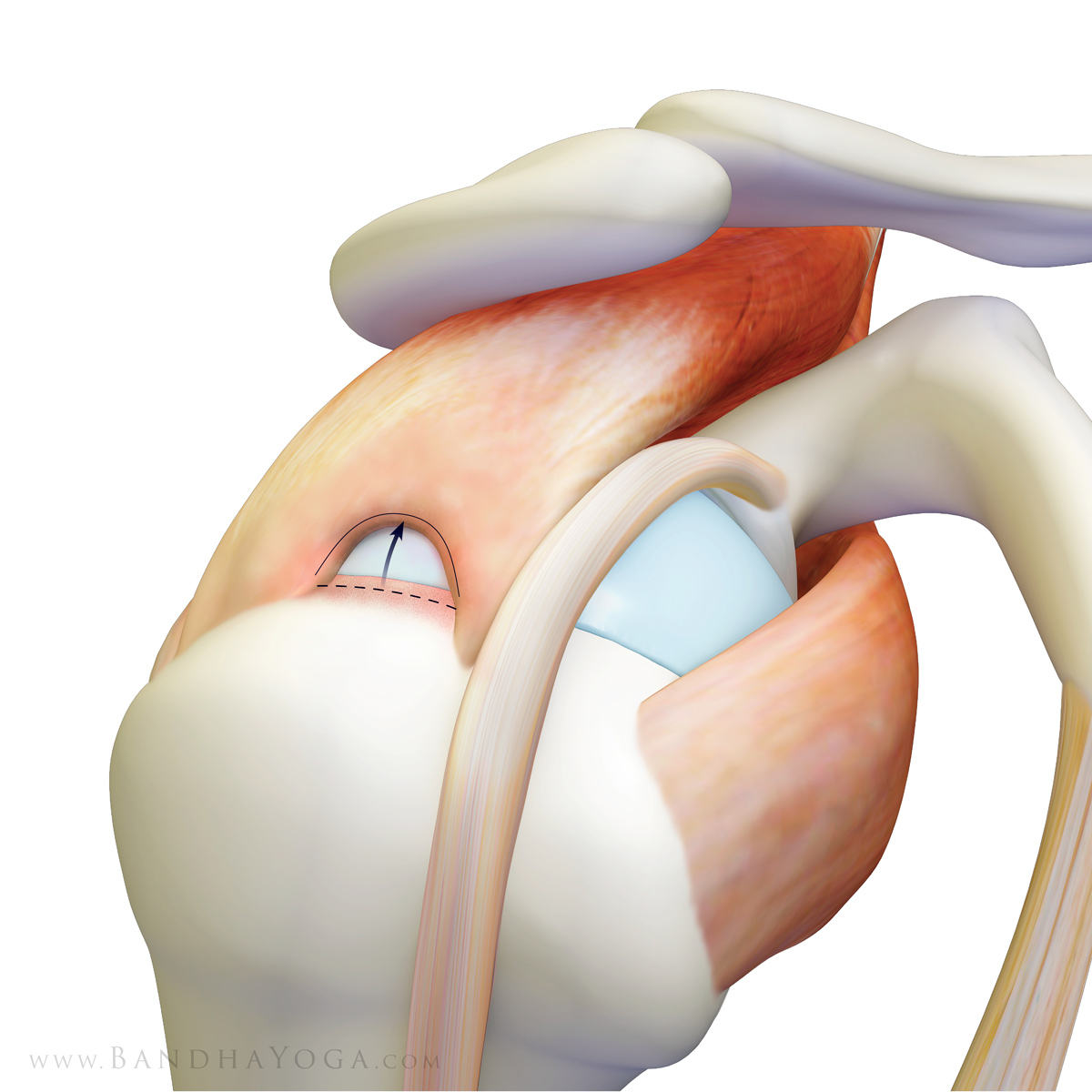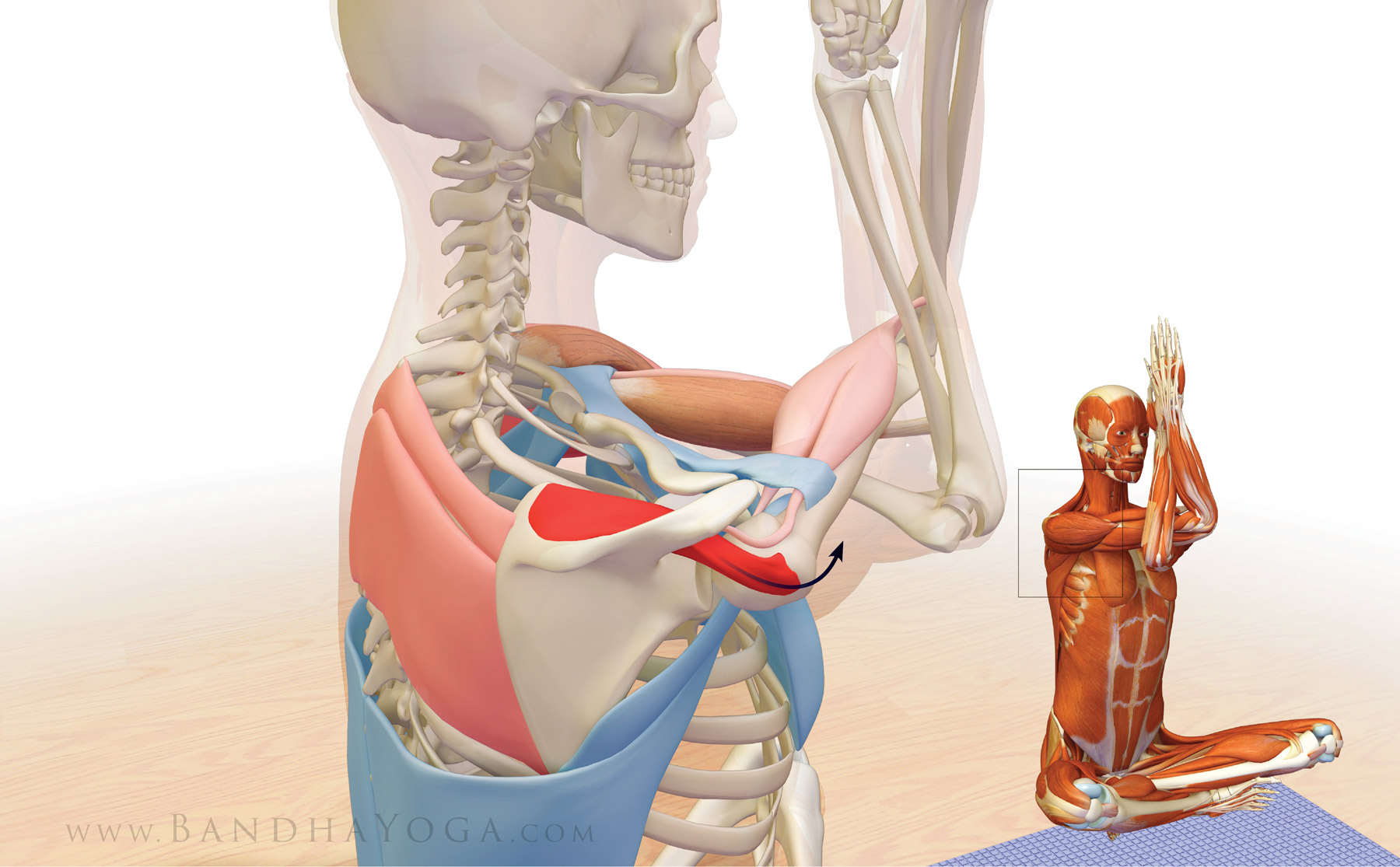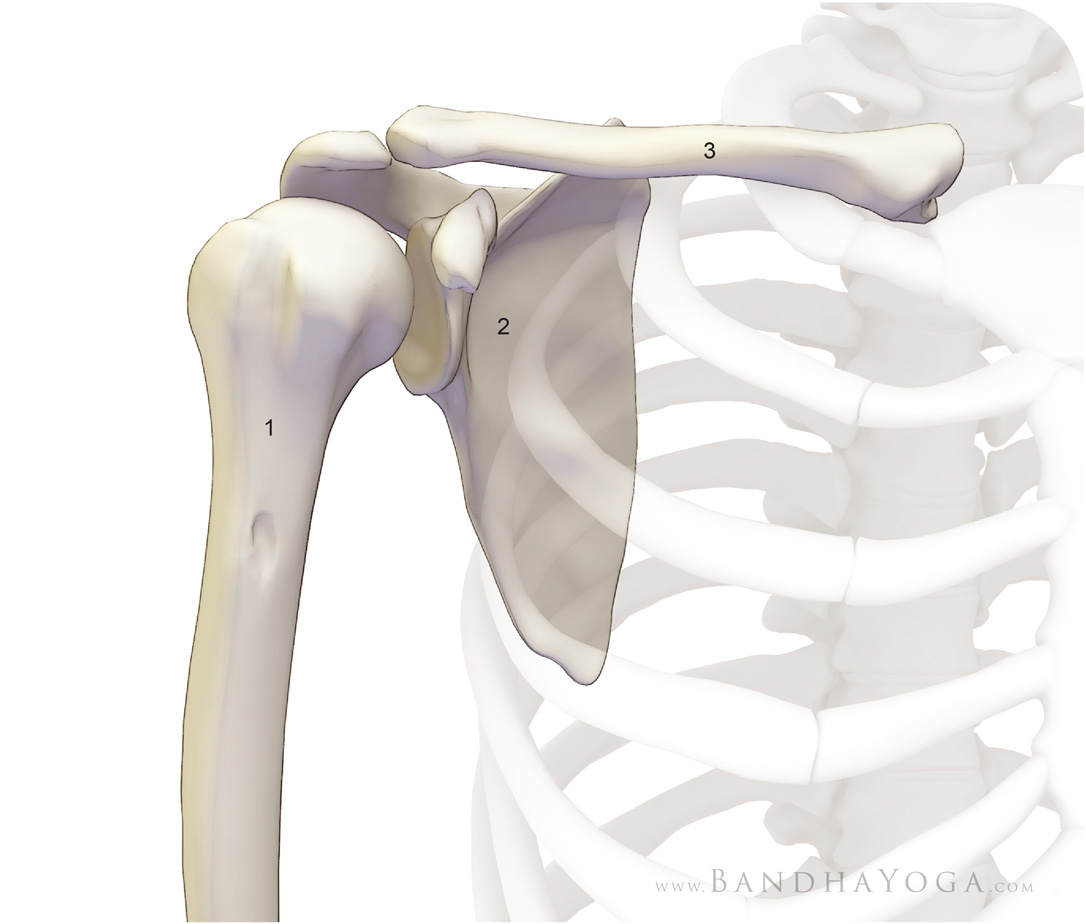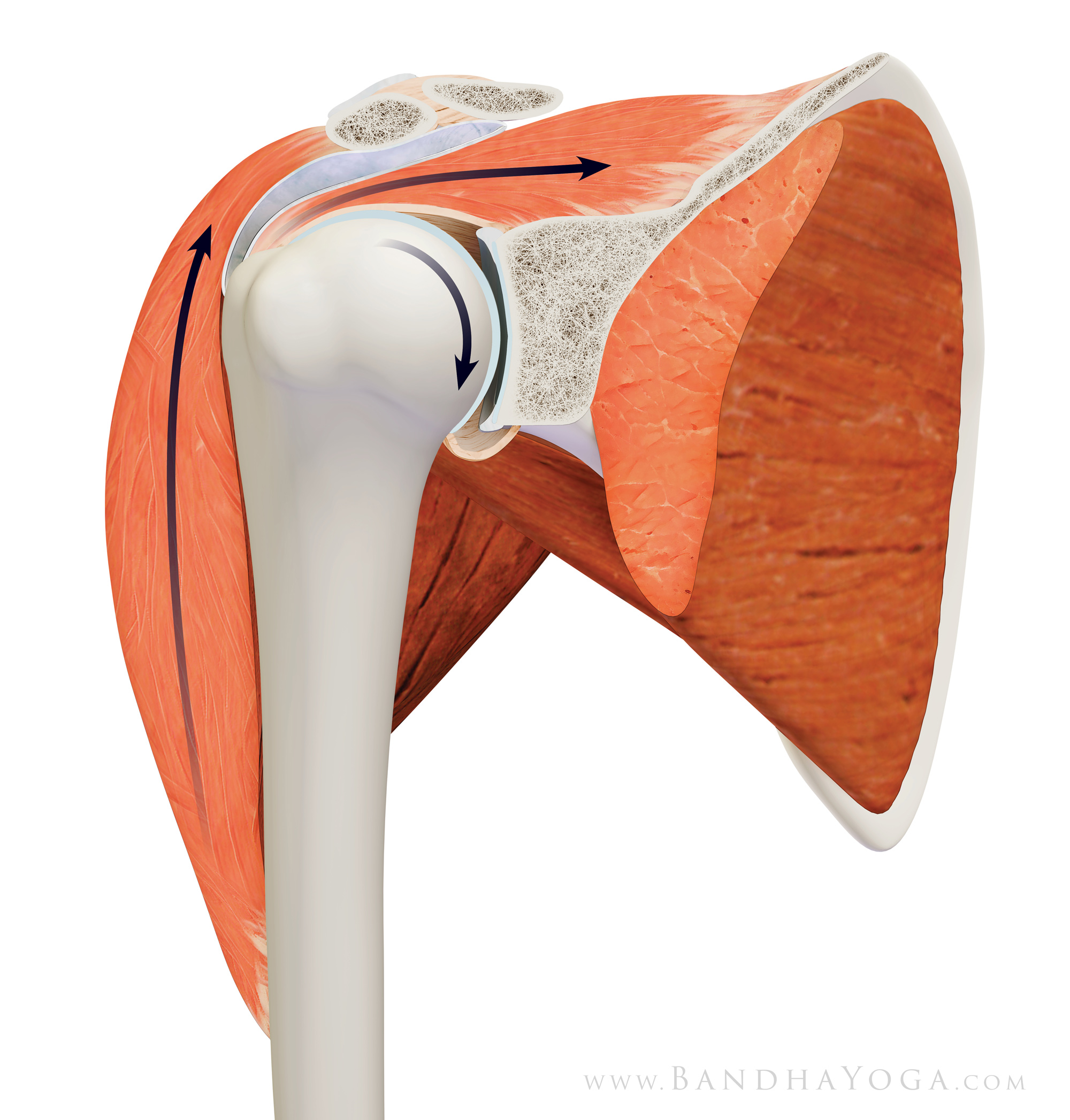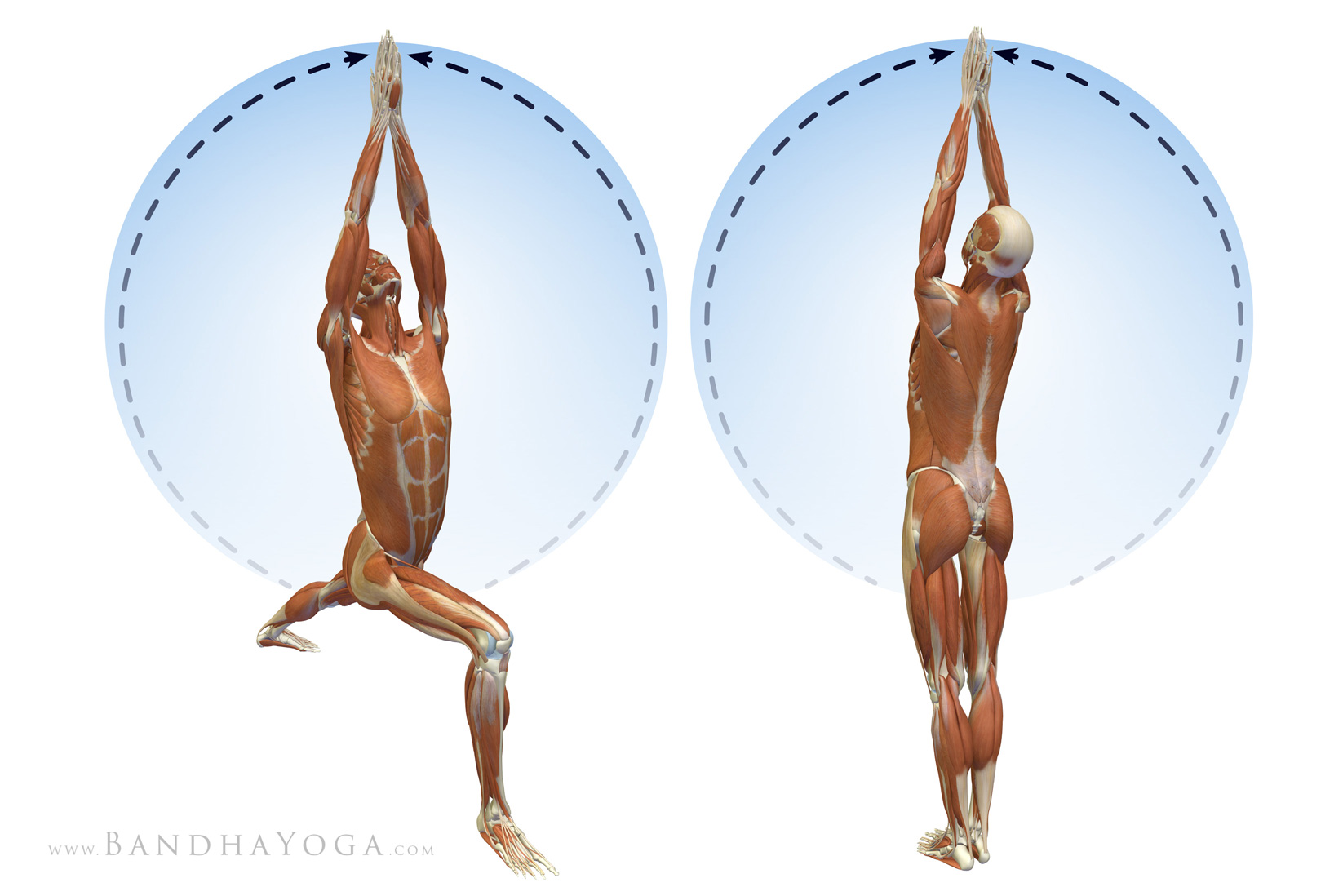Плечевое сплетение (plexus brachialis) образовано передними ветвями четырех нижних шейных спинномозговых нервов (CV—CVIII), к которым присоединяются также небольшая порция передней ветви четвертого шейного спинномозгового нерва и большая часть первого грудного. Соединение ветвей ведет к формированию трех первичных стволов плечевого сплетения — верхнего, среднего и нижнего (truncus superior, medius et inferior; цветн. рис. 1). Перераспределение нервных волокон, принадлежащих разным сегментам спинного мозга (от CIV—ThI), вызывает разделение первичных стволов на передние и задние стволы второго порядка. При их слиянии возникают новые формы структурного объединения нервных волокон — пучки плечевого сплетения или вторичные стволы.
Плечевое сплетение расположено в spatium interscalenum между передней и средней лестничными мышцами (m. scalenus anterior et medius) вместе с подключичной артерией. Эта его часть называется надключичной (pars supraclavicular, цветн. рис. 2). Отсюда нервные стволы второго порядка направляются латерально и вниз в подкрыльцовую область, образуя подключичную часть плечевого сплетения (pars infraclavicularis).
В самом начале образования плечевого сплетения от него отходят мышечные ветви к лестничным мышцам (mm. scaleni) и к длинной мышце шеи (m. longus colli). Здесь же между глубокими мышцами шеи от передней ветви пятого шейного спинномозгового нерва начинается добавочный корешок диафрагмального нерва. Выше и ниже ключицы из плечевого сплетения выходят нервы, обеспечивающие движения плечевого пояса и плеча.
Тыльный нерв лопатки (n. dorsalis scapulae) происходит из CV. Иннервирует ромбовпдные мышцы (mm. rhomboidei) и мышцу, поднимающую лопатку (m. levator scapulae).
Надлопаточный нерв (n. suprascapular) происходит из CV—CVI. Проходит по переднему краю трапециевидной мышцы (m. trapezius) к надостной, а затем подостной ямкам. Иннервирует надостную и подостную мышцы (mm. supra- et infraspinatus) и капсулу плечевого сустава. Длинный нерв груди (n. thoracicus longus) происходит из СV—CVII. Проникает под малую грудную мышцу медиально от подкрыльцовой впадины. Иннервирует переднюю зубчатую мышцу (m. serratus anterior). Подключичный нерв (n. subclavius) происходит из CV. Незначительной толщины ветвь следует к подключичной мышце (m. subclavius) и ее иннервирует. Медиальные и латеральные нервы груди [nn. thoracales anteriores (BNA)] происходят из CV—ThI. Снабжают нервными волокнами большую и малую грудные мышцы (mm. pectorales major et minor). Подлопаточный нерв (n. subscapularis) происходит из CV—CVII. Иннервирует одноименную мышцу и большую круглую мышцу (m. teres major). Грудо-спинной нерв (n. thoracodorsalis) происходит из CVII—CVIII. Внедряется в широкую мышцу спины (m. latissimus dorsi) и иннервирует ее.
Три пучка подключичной части плечевого сплетения — медиальный, латеральный и задний (fasciculus medialis, lateralis et posterior) — разделяются на нервы верхней конечности, отличающиеся значительной протяженностью. Из медиального пучка в подкрыльцовой впадине начинаются локтевой нерв, медиальный кожный нерв плеча (n. cutaneus brachii medialis), медиальный кожный нерв предплечья (n. cutaneus antebrachii medialis) и медиальный корешок срединного нерва. Из латерального пучка возникают латеральный корешок срединного нерва и мышечно-кожный нерв. Задний пучок дает подкрыльцовый и лучевой нервы (цветн. рис. 3).
Локтевой нерв (n. ulnaris) генетически связан с сегментами спинного мозга от СVII до ThI. Расположен ближе к медиальной поверхности плеча и предплечья. Приближаясь к кисти, отдает кожные ветви к ее ладонной и тыльной поверхностям. Заканчивается поверхностной и глубокой ветвями, иннервирующими все мышцы кисти, за исключением отводящей и противопоставляющей мышцы большого пальца (m. adductor et opponens pollicis) и поверхностной головки короткого сгибателя большого пальца (m. flexor pollicis brevis). На предплечье этот нерв иннервирует локтевой сгибатель кисти (m. flexor carpi ulnaris) и часть глубокого сгибателя пальцев (m. flexor digitorum profundus).
Срединный нерв (n. medianus) происходит из CV—ThI. На плече идет вместе с плечевой артерией, посредине пересекает локтевую ямку. На предплечье иннервирует переднюю группу мышц, кроме мышц, которые иннервирует локтевой нерв, и переходит на кисть под поперечной связкой. Иннервирует мышцы кисти, к которым не доходит локтевой нерв, а также кожу ладони.
Мышечно-кожный нерв (n. musculocutaneus) происходит из CV —CVIII, иннервирует переднюю группу мышц плеча и заканчивается как кожный нерв латеральной поверхности предплечья (n. cutaneus antebrachii lateralis).
Лучевой нерв (n. radialis) происходит из CV—CVIII. По плечемышечному каналу достигает локтевого сгиба, где делится на глубокую и поверхностную ветви. Иннервирует m. triceps brachii и заднюю группу мышц предплечья, а также кожу тыльной поверхности плеча, предплечья и частично кисти.
Подкрыльцовый нерв (n. axillaris) происходит из CV—CVII. Короткий и толстый ствол его идет через четырехстороннее отверстие к шейке плечевой кости, где делится на ветви к дельтовидной и малой круглой мышцам (m. deltoideus et teres minor) и к латеральной поверхности кожи плеча (цветн. рис. 4).
В состав плечевого сплетения входят (через серые соединительные ветви от звездчатого и двух верхних грудных симпатических узлов) вегетативные проводники, распространяющиеся вместе с соматическими двигательными и чувствительными волокнами по всем ветвям плечевого сплетения.
Патология плечевого сплетения — см. Невралгия, Невриты, Плексит.

Рис. 1. Нервы плечевого сплетения: 1 — fasc. lat. plexus brachialis; 2 — fasc. post, plexus brachialis; 3 — fasc med. plexus brachialis; 4 — n. radialis; 5 — n. medianus; 6 — n. cutaneus brachii med.; 7 — n. ulnaris; 8 — n. cutaneus antebrachii med.; 9 — r. superficialis n. ulnaris; 10 — r. profundus n. ulnaris; 11 — nn. digitales palmares proprii; 12 — nn. digitales dorsales; 13 — nn. digitales palmares communes; 14 — n. cutaneus antebrachii lat. 15 — 1. superficialis n. radialis; 16 —I. profundus n. radialis; 17 — n. cutaneus brachii lat.; 18 — a. axillaris 19 — n. musculocutaneus; 20 — nn. supraclaviculares.
Рис. 2. Надключичный отдел плечевого сплетения: 1 — n. phrenicus; 2—m. anterior n. thoracici I; 3 — n. thoracicus longus; 4 — n. thoracodorsalis; 5 —n. intercostobrachialis 5 — n. medianus; 7 — n. cutaneus antebrachii med.; 8 — n. radialis; 9 — n. ulnaris; 10 —a. axillaris; 11 —a. muscu locutaneus; 12 — n. suprascapularis; 13 — nn. supraclaviculares; 14 — plexus cervicalis.
Рис. 3. Схема строения плечевого сплетения: 1 — n. culaneus brachii med.; 2 — n. cutaneus antebrachii medialis; 3 — n. ulnaris; 4 — n. radialis; 5 — n. medianus; 6 — n. axillaris; 7 — n. musculocutaneus; 8 — fasciculus lat.; 9 — n. suprascapularis; 10 — fasciculus post.; 11 — n. thoracicus longus; 12 — fasciculus med.
Рис. 4. Проекции иннервационных сегментов на кожу верхней конечности.
